Cooking steak at home can be an exciting way to enjoy a restaurant-quality meal without leaving your kitchen. The sound of meat sizzling in a pan or grill and the delicious aroma that follows make the process feel rewarding. Still, not every cut of steak is suitable for home cooking. Some steaks require intense heat, specialized tools, or expert timing to achieve the perfect result. Professional chefs often recommend avoiding these cuts at home, not because they lack quality, but because they are unforgiving and tricky to master. Here are five steaks you should leave to the experts.
1. Filet Mignon
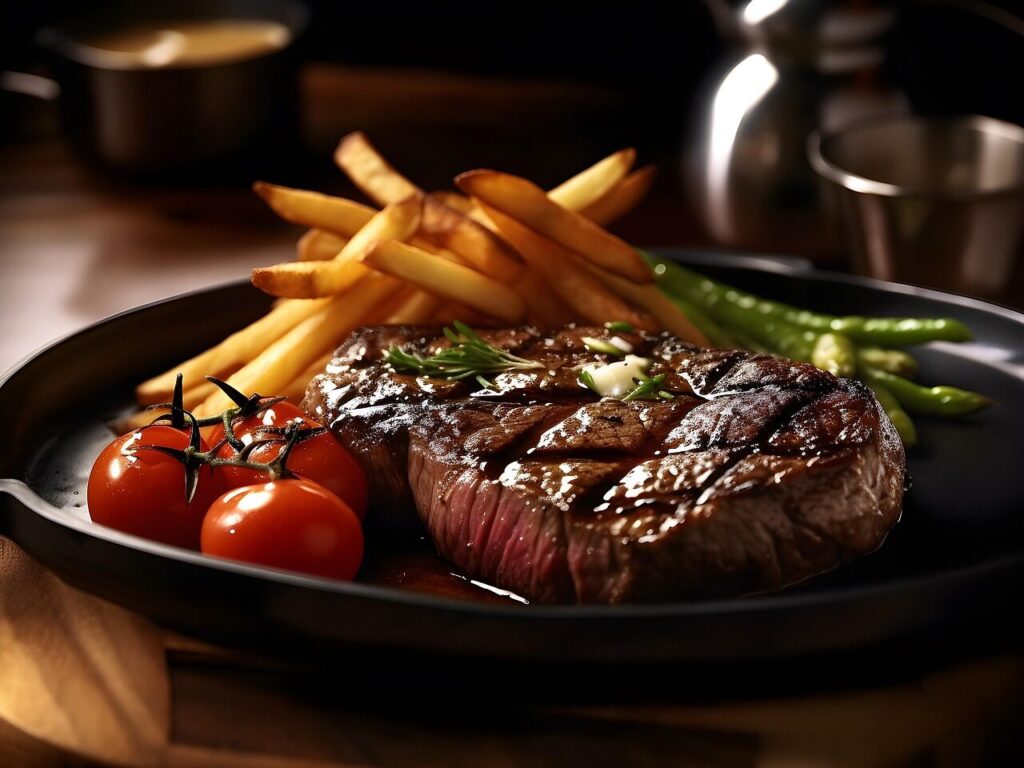
Filet mignon is prized for its tenderness and delicate flavor, but this also makes it one of the hardest steaks to cook properly at home. The lean nature of this cut means it can dry out quickly if left on the heat for even a minute too long. In restaurants, chefs rely on precise temperature control and professional searing methods to achieve the perfect balance between a buttery inside and a beautifully crusted exterior. Without that level of control, home cooks often end up with steak that is either underwhelmingly bland or disappointingly overcooked.
2. Tomahawk Steak
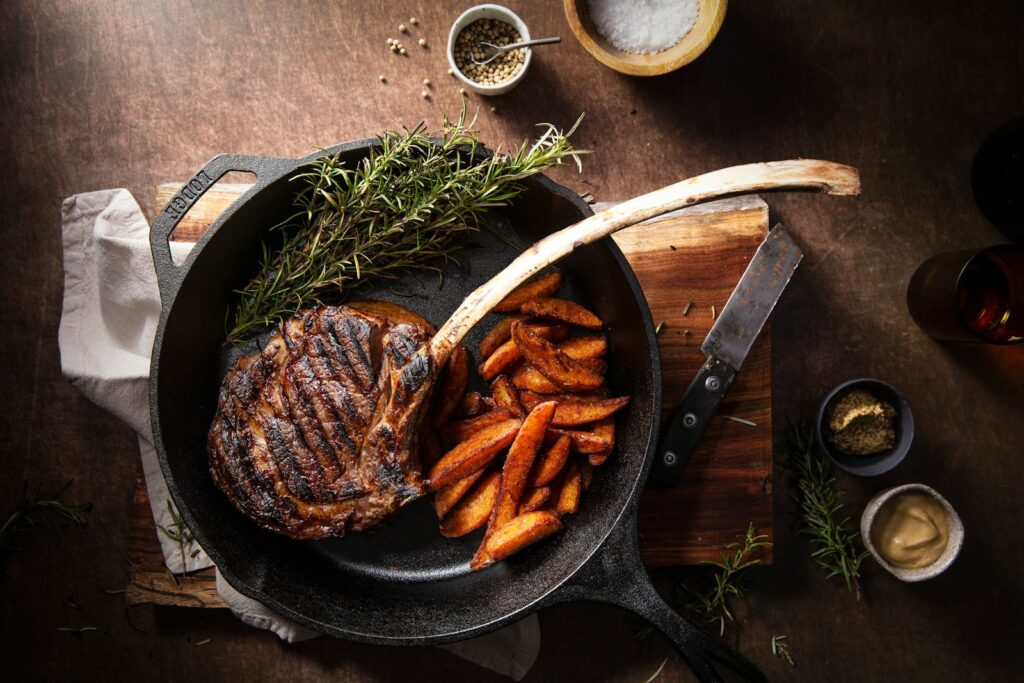
The tomahawk steak is known for its impressive size and dramatic presentation, but it is extremely challenging to prepare correctly in a home kitchen. Its thickness requires consistent, high heat that is often difficult to replicate without a commercial-grade grill or broiler. Achieving an even cook while maintaining a juicy interior and properly seared crust can be nearly impossible for the average cook. Additionally, its sheer weight makes timing and handling more complex than smaller cuts. While it makes for a show-stopping centerpiece in a steakhouse, at home it often turns into an uneven and frustrating cooking experience.
3. Flank Steak
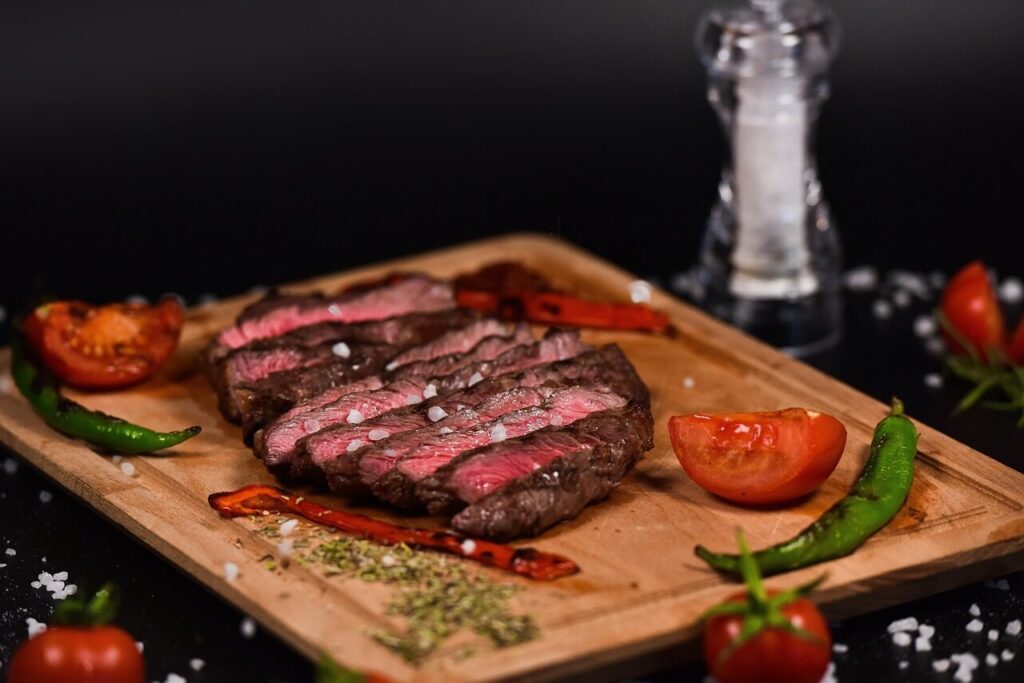
Flank steak is a flavorful cut, but it demands careful attention to preparation and cooking methods that are difficult for many home cooks to master. It is naturally tough and fibrous, which means it needs either a long marinade or very precise slicing against the grain to make it enjoyable. Cooking it requires a quick, high-heat sear, and even a slight misstep can leave the steak chewy instead of tender. Restaurants often use specialized techniques to enhance their flavor and texture, while at home, it can easily disappoint unless handled with expert knowledge and plenty of patience.
4. Porterhouse
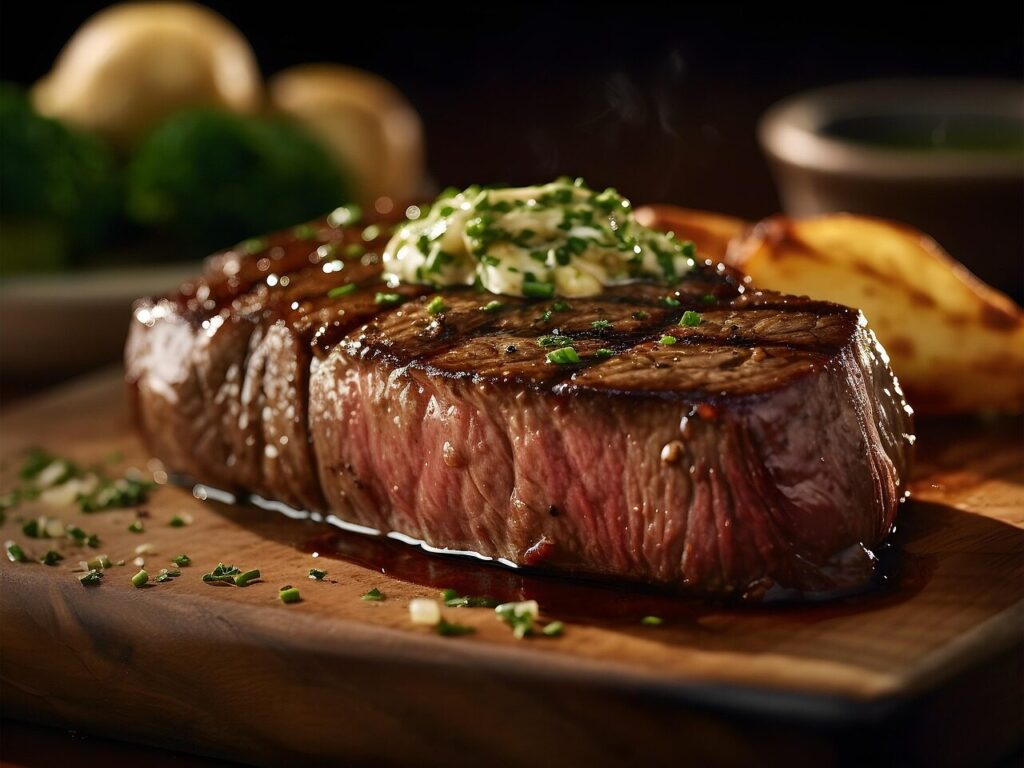
The porterhouse is a massive cut that combines tenderloin and strip steak in one piece, creating a unique but challenging cooking scenario. Each side of the steak cooks at a different rate because the tenderloin is much leaner while the strip contains more fat. This uneven composition makes it extremely difficult to achieve the perfect doneness for both sections at the same time without professional skill and equipment. Restaurants often rely on broilers that reach very high temperatures to balance the cooking, but at home, you may end up with one side underdone and the other overcooked.
5. Skirt Steak
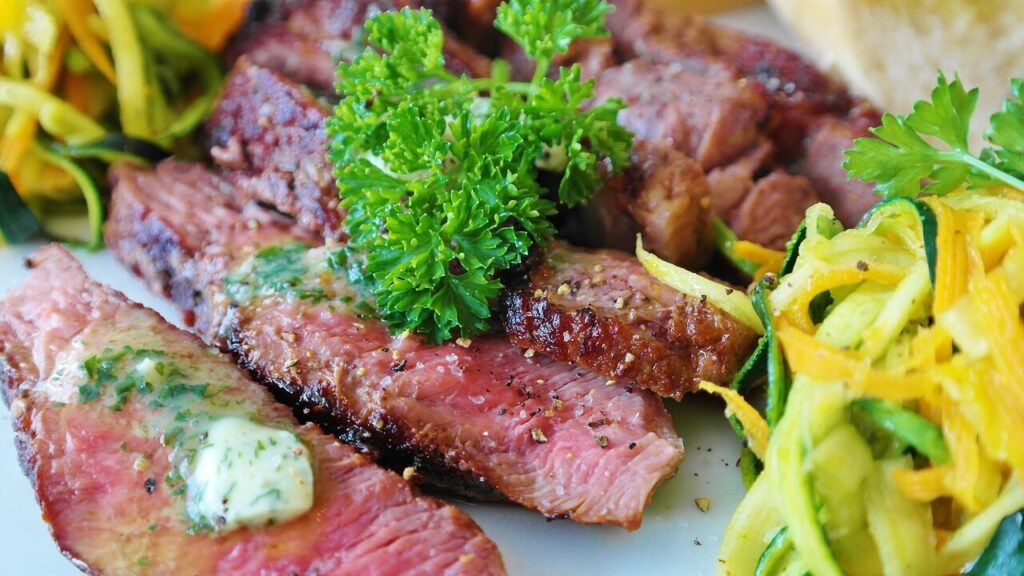
Skirt steak delivers bold beefy flavor, but its tricky nature makes it a risky choice for home cooking. It is very thin compared to other cuts, which means it cooks rapidly and leaves little room for error. A few seconds too long on the pan or grill can turn it from juicy and flavorful to dry and tough. Professional kitchens manage this by using extremely hot grills and careful timing, which most home setups struggle to replicate. While delicious when prepared properly, at home it often turns into a frustrating challenge that rarely matches restaurant-quality results.
Comments